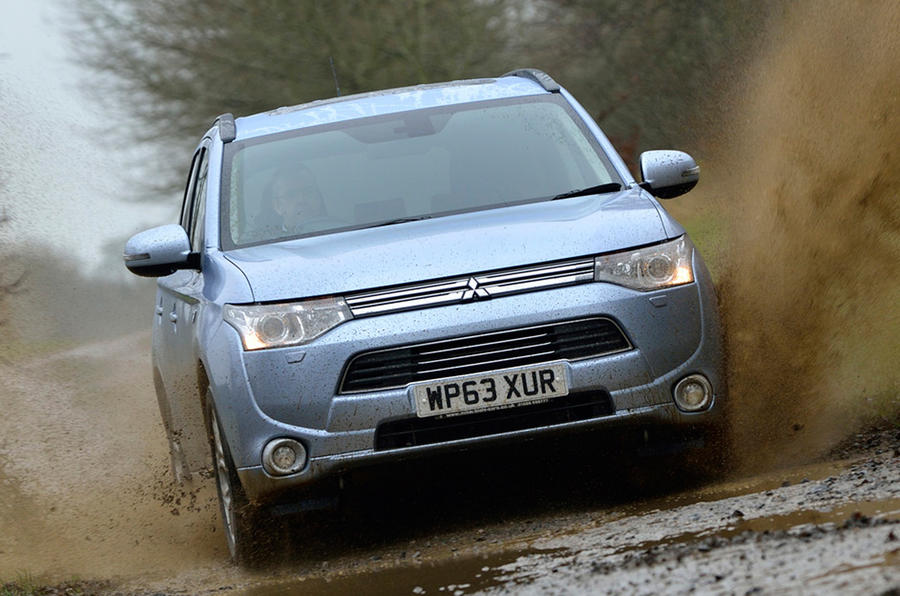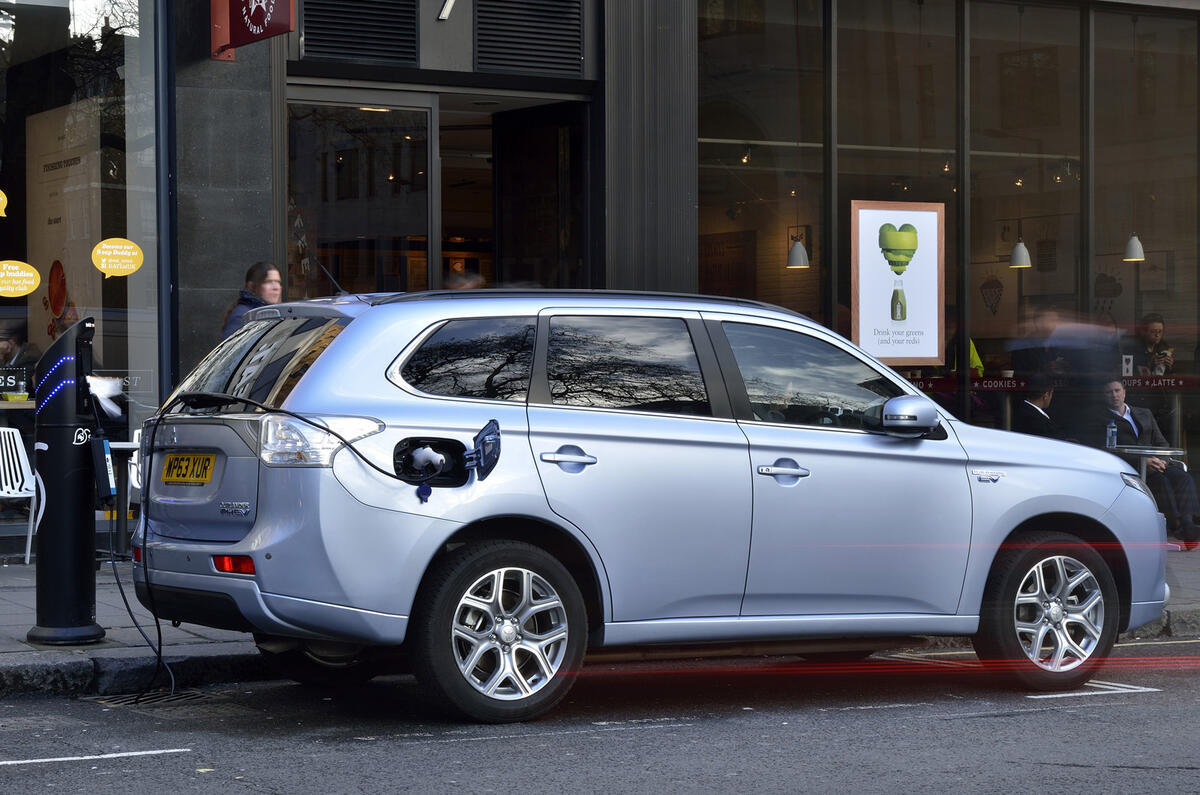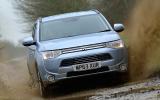What is it?
The 148mpg Mitsubishi Outlander PHEV. Except, of course, it isn’t, because nobody, not least Mitsubishi itself, truly believes anyone is going to achieve the economy recorded on the regulations-enforced NEDC test cycle.
But even with a healthy dose of realism installed, this is still a mid-sized, five-seat, large-booted, plug-in hybrid 4x4 that can achieve up to 32.5 miles on electric charge alone (an 80 per cent charge is possible in 30 minutes), and one which is estimated will be more economical to run than the equivalent 2.2-litre diesel Outlander for the majority of people travelling around 100 miles between charges.
It goes without saying that the potential range and economy will vary depending on the types of roads and driving style, but it’s still a decent indication of the benefits of the plug-in hybrid system, which switches between a 2.0-litre petrol motor and two electric motors according to needs.
Throw in the fact that the Mitsubishi emits an official 44g/km of CO2 – and therefore only attracts a five per cent benefit-in-kind tariff and is London congestion charge free – and the sums could start to add up in your favour.
Beyond that, anyone familiar with the Mitsubishi Outlander will know the drill: the only significant differences are a minor increase in weight due to the floor-mounted battery pack, a reduction of 14 litres of boot space and slightly less space for your feet in the rear, where the floor has risen to accommodate the batteries.
What's it like?
Climb aboard and the first thing that strikes you is the quality of the cabin. It’s not perfect in some of the darker, less-exposed corners of the car, but Mitsubishi has made a stride in terms of perceived quality. Beyond that there are dials and graphics that let you know this is an electric car, but nothing that shouts out about it.
Battery charged, the Outlander starts silently and stays eerily quiet for as long as you have charge – providing the car calculates that it is the best way to be using energy. On full throttle the 80bhp electric motors – the back one producing peak torque of around 144lb ft and the front 101lb ft – can power the car from 0-62mph in 11.0sec, and they can, and often do, remain unassisted by the engine beyond 70mph.
The result, and it is a common trait among all electric vehicles, is an impressively refined drive. What’s more, Mitsubishi has done a decent job of quelling, if not suppressing, the road and wind noise that become more apparent without the masking of engine noise.
What’s more, when the 12kWh lithium ion batteries are depleted and the engine kicks in, acting either as a generator for the batteries or to drive the front wheels directly, it does so seamlessly and almost imperceptibly.
The driver can also press a button to force the battery to hold a certain level of charge, or use the petrol engine to charge the battery back to 70 per cent of its capacity. It's ideal for saving battery power either for zero-emission driving in town, when towing or anticipating extensive 4x4 usage.
Another neat touch is the ability to set the level of energy regeneration under braking. There are five levels to choose from, with each selected either by a tug of the gear-style lever or on the steering-wheel-mounted paddles. It takes some getting used to, but once you're in the swing of the system it's quick and easy to adjust according to road conditions and allows you to chase maximum efficiency.



































Join the debate
Add your comment
interesting
Seen as a family holdall
Towing?
I'm sorry, but as much as I like this car in theory, as a tow car this is probably not going to work. When you've got a full charge and the electric motors are working with the engine, it will be fine.
But what happens when the battery runs out mid-tow? That 2.0 petrol will not be man enough on its own to pull a typical caravan. Now if they'd put a 2.0 diesel in this car with the hybrid drivetrain, that would be a different story...
I mean, I'm sure at a stretch it could just about pull a 1500kg caravan on the 2.0 petrol alone (and get less than 20mpg doing so), but you'll be wishing you had a regular diesel the first time you see a hill...